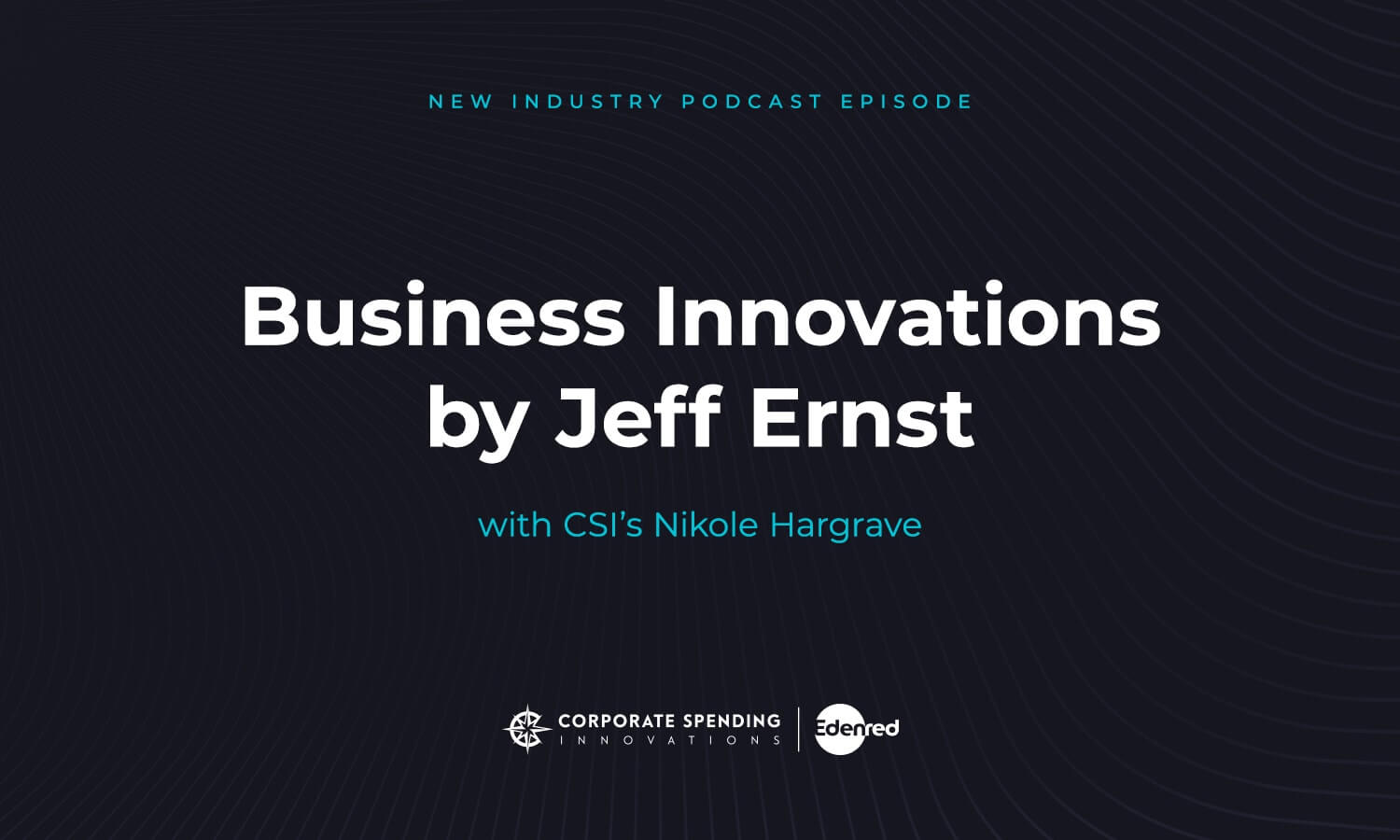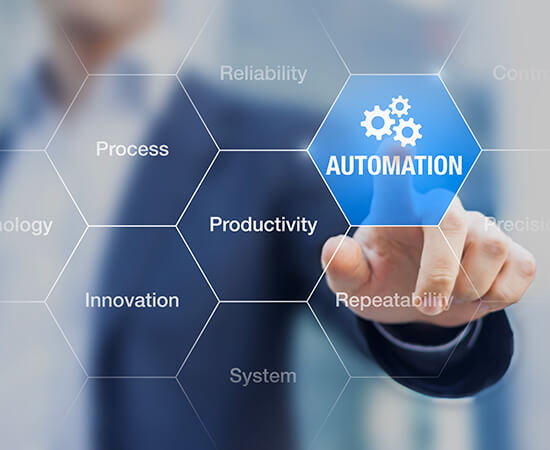Over the past year, the pandemic has pushed us all out of our comfort zones, forcing us to embrace change and make shifts in almost every aspect of our lives. For many organizations, the way they process payments has been one of those areas. With offices moving to remote work environments, Accounts Payable departments found the transition particularly difficult, as some of their day-to-day tasks could not be performed outside of the office. At least not without the use of technology.
The adoption of payments technology in our personal lives took off years ago with services such as Venmo, PayPal, Apple Pay, and Google Pay. However, the use of technology to manage B2B payments has yet to take off at the same rate, at least in the United States. Many organizations are still relying on writing and mailing paper checks to pay their suppliers. Checks are not only expensive and time-consuming but extremely susceptible to fraud.
So, what is holding companies back from migrating to a more savvy, automated payments solution?
“Unless there is a major pain point in their existing process, businesses are hesitant to change especially when it involves new technology,” Nikole Hargrave, Director of AP Automation at Corporate Spending Innovations, told Jeff Ernst, host of the Business Innovations Podcast.
“Companies simply are not aware there is a better, more efficient way to manage their payments process.
Much of it comes down to education.”
One alternative to paper checks is a virtual card, a single-use credit card that is issued for the exact amount and expires after one use. To the end-user, virtual cards function just like any other credit card, but without the plastic. They are not only extremely secure but provide a significant amount of data, making reconciliation a breeze. As an added bonus, there is the potential to generate added revenue from rebates earned on virtual card spend. Essentially, you’re getting paid for paying your bills. And what is the benefit for the supplier? They get paid faster and more securely.
Making the transition to an automated payments solution should be simple and painless, with zero burden to your accounting team. Most platforms integrate seamlessly with your existing ERP and can have you up and running in only a few phone calls.




